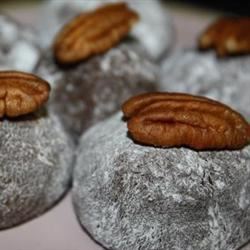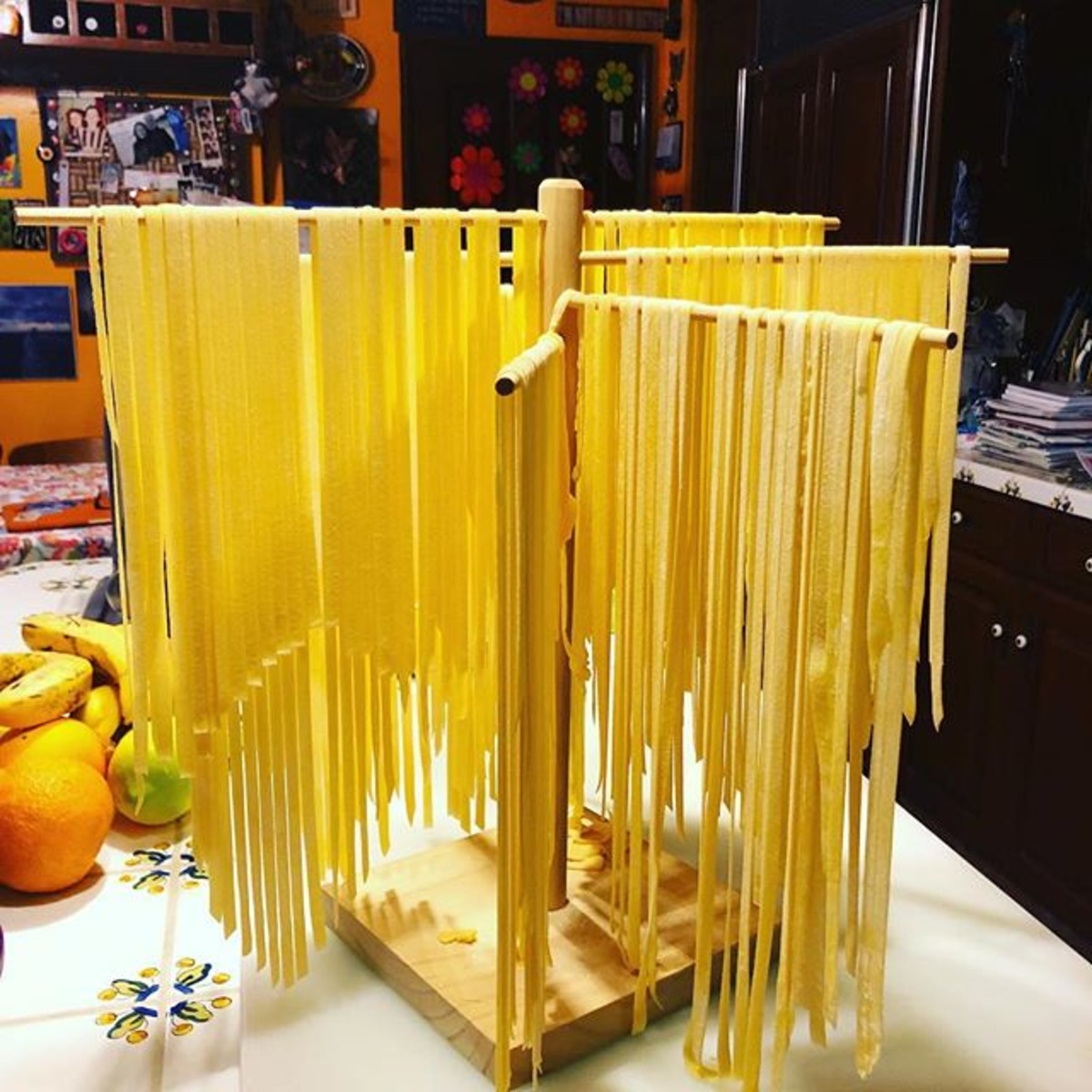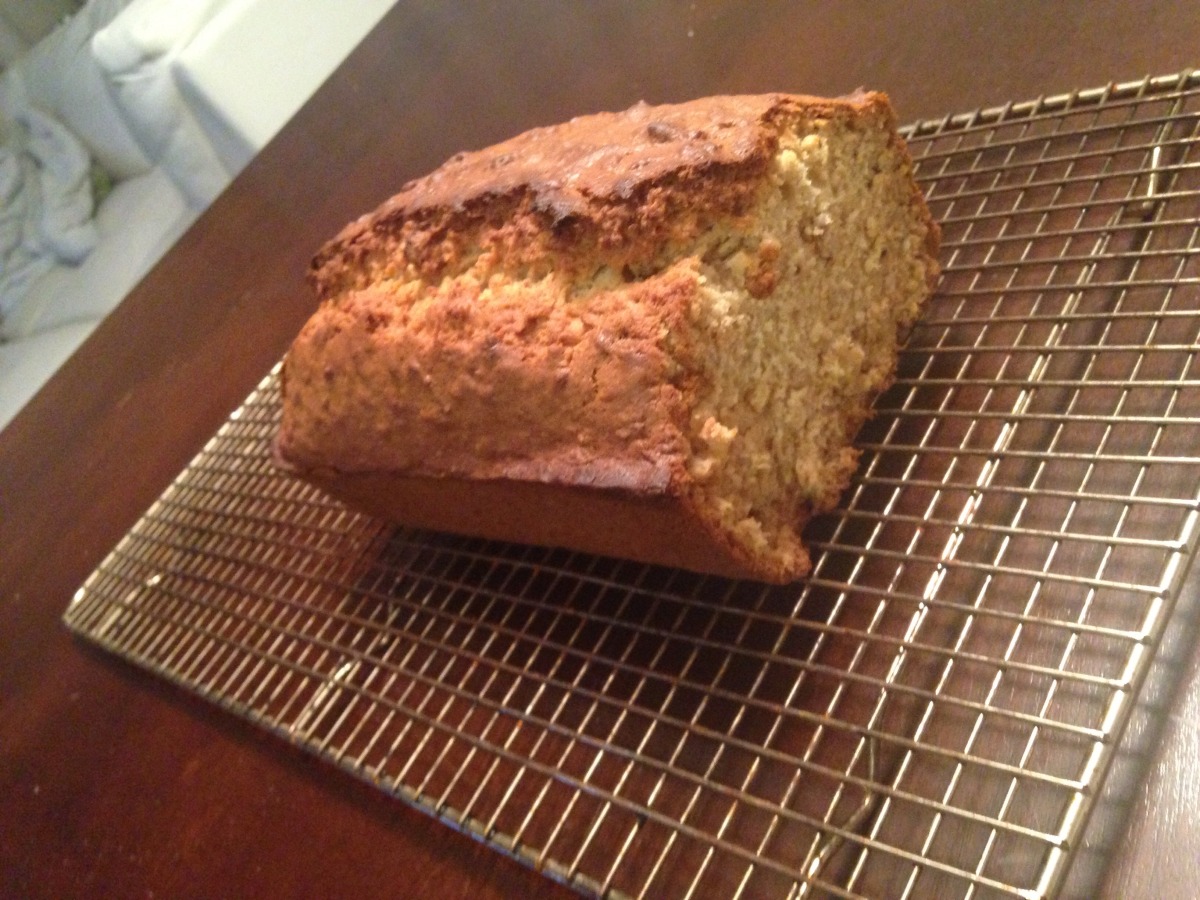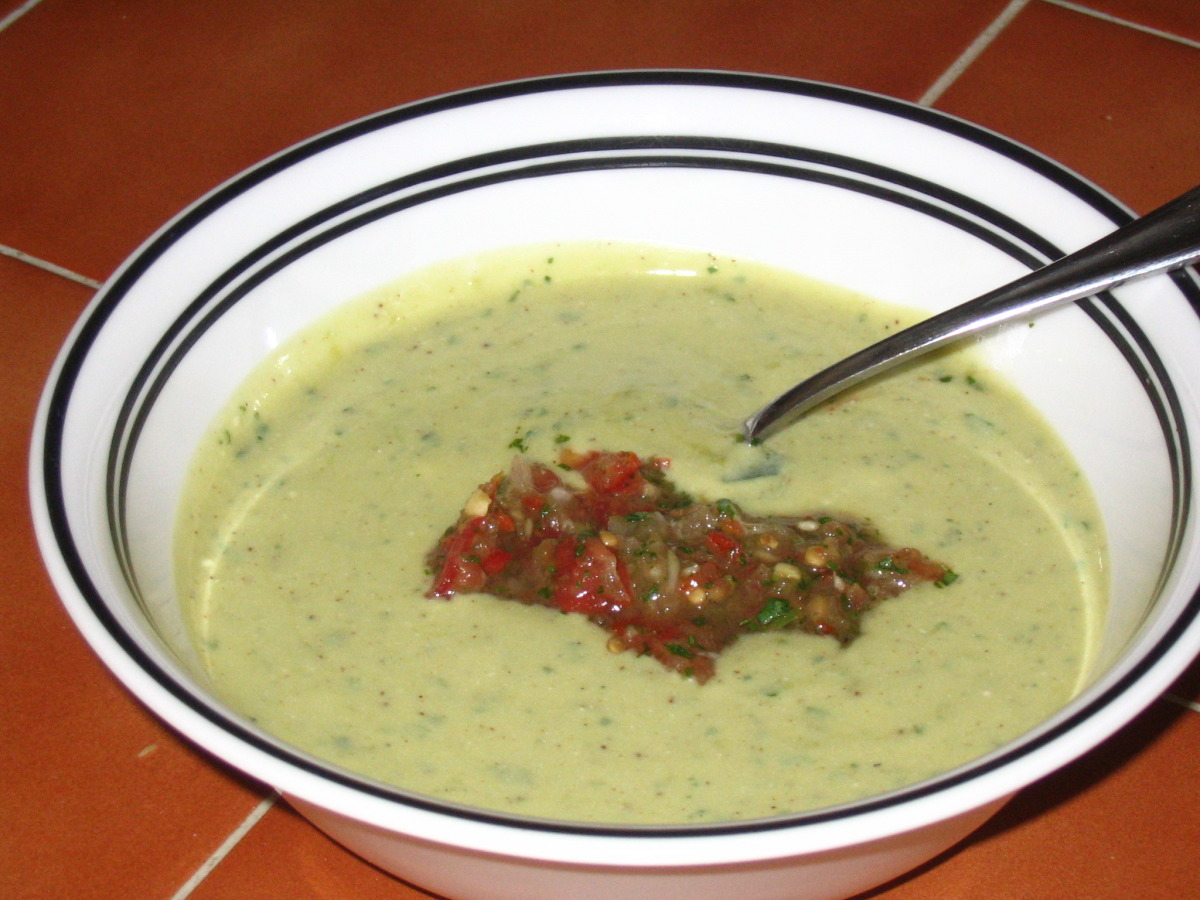Ciabatta, a beloved Italian bread known for its airy texture and distinctive oblong shape, has a history dating back centuries. Originating in the northern regions of Italy, this bread is characterized by its crispy crust, chewy interior, and large holes, which are a result of the unique fermentation process it undergoes. Ciabatta is a versatile bread that can be enjoyed on its own, paired with savory or sweet toppings, or used to make sandwiches and paninis. In this article, we present a collection of Ciabatta bread recipes, ranging from the classic Italian Ciabatta to variations infused with different flavors and ingredients. Whether you're a seasoned baker or just starting your culinary journey, these recipes offer a delightful exploration into the world of Ciabatta bread. From the traditional method using a sourdough starter to simplified recipes using active dry yeast, we guide you through the process of creating this delectable bread in your own kitchen. Additionally, we provide tips and tricks to achieve the perfect Ciabatta, ensuring a satisfying and successful baking experience.
Check out the recipes below so you can choose the best recipe for yourself!
CIABATTA BREAD RECIPE

Light, porous and airy on the inside, crusty and golden brown on the outside ciabatta bread is all about flavor and texture.
Provided by Italian Recipe Book
Categories Bread
Time 1h10m
Number Of Ingredients 7
Steps:
- In a medium size bowl add water and dry yeast. Wait 10 minutes until the yeast is fully dissolved and has a "creamy' texture.
- Mix in the flour. You should get a very loose and sticky dough. It should have consistency thick enough not to come off from the spoon as, say, sour cream or greek yogurt, but wet enough so that it's impossible to knead it by hand.
- Cover the bowl with a plastic wrap and let the dough rest at a room temperature for 3-4 hrs or overnight. I just don't recommend leaving biga for more than 24 hrs as the yeast will start to over-mature and loose its power.
- Once biga is rested it will become bubbly and might become even looser when you left it. Now pour lukewarm water in the bowl, going around the edges of the bowl and pouring small portions at a time. This is how we hydrate and aerate biga even more at the same time liberating it from the bowl.
- Pour biga and wate mix into a bowl of a standing mixer, oil the dough hook.Turn on your mixer on low speed, knead for a 1-2 minutes and start adding flour.
- In the last portion of flour (approx 1cup) add salt and mix it into the flour. Add to the dough.Knead on medium speed for 10 minutes. You'll notice the dough starting changing its texture. Becoming more smooth and starting to climb up the hook. Increase mixer speed to high and knead for another 10 minutes. If you mixer bowl is large enough you'll see the dough coming off the bowl sides. That's a perfect sign the dough is ready and has developed strong gluten.You would be able to tell just from the look that it's very silky and shiny.
- Transfer the dough to a big oiled bowl, so that there is enough space for the bread to double or triple.Cover with plastic wrap and let it rise at a room temperature for about 40-50 minutes.
- After the first 40-50 minutes the dough will double in size. Deep a silicon spatula in a water and start folding the dough onto itself, from the outside to the center of the bowl. You should be able to make 6-10 folds.
- Do it gently, so that the dough becomes well aerated and not deflated.Now using both hands, rise the dough from the bowl letting it fold, turn the bowl 90 degrees and fold in the same manner again. Cover with plastic wrap and let rise for another 40-50 minutes.
- Repeat this last folding process once again and let the dough rest for the last 40-50 minutes.
- Once it's perfectly bubbly and screams to get out of the bowl, GENEROUSLY sprinkle the working surface with the flour. You'll regret if you wouldn't. The dough is veery sticky, but that's the secret for gorgeous light and airy ciabatta bread.
- Flip the bowl upside down and let the dough "slide" off of the bowl by itself.
- Sprinkle your scrapers and top of the dough with flour again. Constantly assisting with the scrapers give it a rectangular shape. Cut into elongated loaves or individual rolls. You can make the rolls either square or triangle and they are HEAVEN for panini.
- Generously sprinkle linen cloth with flour and using large dough scrapers transfer the bread loaves onto it. Separate each loaf with a towel fold (see the pictures) or use individual towel for each of the loaves.
- Turn on the oven to 450F while ciabatta bread rests on the towel.
- After 10-15 minutes flip ciabatta loaves over on parchment paper sprinkled with semolina or corn flour (to prevent bread from sticking).
- Just before you put the bread into the oven, spray the oven generously with cold water to create as much steam as you can. Steam really helps ciabatta bread to cook perfectly both on the inside and outside.
- Bake ciabatta for 20-25 minutes without EVER opening the oven. After 10 minutes in the oven reduce the heat to 400F. When it's golden brown, or may seem even slightly burned that is it. Your ciabatta bread has just reached its perfection and all you have left is let it cool for 15-20 on the wire rack.
TRADITIONAL ITALIAN CIABATTA BREAD
Steps:
- First make the biga, in a medium bowl combine the flour and yeast then add the water and stir to combine. Cover the bowl with plastic wrap and let rise in a cool dry area for 8-12 hours. If your house is on the warm side then place the biga in the fridge for 8-12 hours, remove from the fridge and let it come to room temperature for about 45-60 minutes.
- In the bowl of the stand up mixer whisk together the flour, yeast and salt, then add the water and biga. With the flat beaters mix until the mixture starts to come together for about 2-3 minutes. Then switch to the dough hook and knead for another 3 minutes. This is a soft sticky dough.
- With the help of a spatula place the dough in a lightly oiled bowl, cover with plastic wrap and let rise in a warm draft free area for about one hour or until doubled in bulk.
- Move the dough to floured flat surface, sprinkle the top of the dough with flour and divide into two parts. Form each part into an oblong shape, place on parchment paper that is lightly sprinkled with flour, then lightly sprinkle the dough with flour. Cover with a clean tea towel and let rise 1 hour or until doubled in bulk.
- Place a baking sheet (upside down) or a baking stone in the oven, and an empty oven proof cake pan on the bottom of the oven, then pre-heat the oven to 450F (230C)
- Before putting the dough in the oven add either a cup of boiling water or some ice cubes (about 8) in the cake pan, then quickly & carefully place the parchment paper and bread on the cookie sheet or baking stone and bake for approximately 20 minutes.Move the baked bread immediately to a wire rack to cool. Enjoy!
Nutrition Facts : Calories 600 kcal, Carbohydrate 123 g, Protein 20 g, Fat 2 g, SaturatedFat 1 g, Sodium 1171 mg, Fiber 7 g, Sugar 1 g, ServingSize 1 serving
CIABATTA BREAD RECIPE

An authentic Italian recipe for ciabatta bread or slipper bread, originally from the Veneto made with an overnight starter and cooked just like pizza on a preheated pizza stone
Provided by Florentina
Categories Baked Goods
Time 1h10m
Number Of Ingredients 10
Steps:
- Make your starter the night before you plan to bake the bread.Mix together the yeast with 2 tablespoons of warm water. Allow it to stand for a few minutes.
- In a medium size mixing bowl stir together the yeast mixture with the flour and the water until combined. Cover with plastic wrap and allow it to sit at room temperature overnight. If preparing it in the morning then let it sit until evening and up to 24 hours.
- Use your stand mixer and combine the yeast and the warm plant milk. Let it sit for a few minutes until creamy.Add the starter, olive oil, flour, sea salt and water and mix together for about 10 minutes until everything is incorporated.
- Prepare a large bowl lightly oiled with olive oil. Transfer the bread dough to it and cover with plastic wrap. Allow it to sit until doubled in size, up to 2 hours.
- Turn the bread dough onto a well floured surface and with floured hands cut it in half. Form 2 long loaves.
- Transfer them to a parchment lined baking sheet.
- Optional step: Flour your fingers well and create dimples in the top of the loaves. Sprinkle with some flour.
- Lightly dampen a tea towel and cover the loaves. Allow them to rise again until doubled in size, up to 2 hours.
- Meanwhile preheat your oven to 425" F with a Pizza Stone in the center for 1 hour before planning to bake the bread.Transfer one of the loaves to the preheated pizza stone (together with the parchment paper) and bake for about 25 minutes until golden brown to your liking.
- Transfer to a wire rack and allow to cool completely before slicing it with a serrated knife.
HOW TO MAKE AUTHENTIC CIABATTA BREAD

Make authentic ciabatta bread at home with this recipe!. Ciabatta bread is a classic Italian style bread that translates to mean "slipper bread" due to the shape of the loaves. Ciabatta is a soft and chewy bread made with a preferment called a biga, which gives great flavor.
Provided by Bettie
Categories Breads
Time 16h30m
Number Of Ingredients 9
Steps:
- MAKE THE BIGA: At least 12 and up to 24 hours before making your ciabatta, make the biga. In a large mixing bowl, combine the ingredients for the biga and stir together. Cover the bowl with plastic wrap and let it stand at room temperature for 12-24 hours.
- COMBINE THE DOUGH: Add the rest of the ingredients for the ciabatta dough into the bowl with the biga. Stir until well combined. It will appear as if there is not enough liquid at first, but as you work it together it will become a very wet and sticky dough. You may need to use your hands to knead it slightly to hydrate all the flour. As soon as all of the flour is hydrated with no dry spots, cover the bowl with a piece of plastic wrap and let it set at room temperature for 45 minutes.
- STRETCH AND FOLD: After the dough has rested for 45 minutes, you will do a series of three stretch and folds with the dough. With the dough still in the bowl, lightly dampen your hand (this will prevent the dough from sticking) and pull on one side of the dough and stretch it up and then fold it down over the top of the dough. Rotate the bowl 90 degrees and do the same with the next side. Do this again until you have stretched all four sides of the dough up and over on itself. Cover the bowl and let it rest for 45 more minutes. Stretch and fold the dough for the second round. Cover and let rest for 45 more minutes. Stretch and fold for the third round. Cover the dough and let it rest for 45 more minutes. This is a three hour process from when the dough is mixed to when it is ready to be shaped. Four 45 minute resting periods with three stretch and folds in between.
- PREP THE OVEN & OTHER EQUIPMENT: During the final resting period, prep your pans and your oven. Position one oven rack in the very bottom position in the oven and another rack in the middle position. Place a cast iron skillet or another heatproof skillet on the bottom rack and a baking stone, baking steal, or a sheet pan turned upside down on the middle rack. Preheat your oven to 450F (230C). You want your oven and pans to be heating for at least an hour before the bread goes into the oven. Additionally, prepare a pizza peel or an unrimmed baking sheet with a piece of parchment paper sprinkled lightly with semolina or cornmeal.
- SHAPE INTO CIABATTA: Pour the dough out onto a lightly floured work surface. It will be very wet and sticky. Use a damp bench scraper to scrape the dough out of the bowl. Divide the dough into two equal pieces. Dampen your hands and then pick up one piece of the dough and place it on the prepared parchment paper. Stretch and pat out the dough to a flat rectangle shape. It will be very sticky but wet hands work best to shape it. It can be a rustic shape. Repeat this step with the second piece of dough. (alternatively you can shape all of the dough into one big loaf)
- LET THE DOUGH RISE: Lightly flour the top of the loaves and then cover with a floured towel. Let the dough rise for 1 hour.
- BAKE: Fill a small bowl with about 2 cups of ice cubes. You want to work quickly and carefully when transferring the ciabatta. Open the oven and gently slide the whole piece of parchment paper with the ciabatta onto the preheated baking stone or sheet pan. Quickly pour the ice cubes into the preheated skillet and immediately shut the oven door. Bake for about 30-35 minutes or until the ciabatta loaves are a light golden brown and sound hallow when tapped.
- COOL: Allow the ciabatta to cool before slicing. This will completely develop their flavor. Ciabatta is best when eaten the same day. However, leftover ciabatta can be wrapped in foil once completely cooled and kept at room temperature for up to 2 days.
CIABATTA (ITALIAN SLIPPER BREAD)
DH and I buy at least one loaf a week of ciabatta and eat it with olive oil. I finally decided to see it I could make a better bread than the brands we've tried from the store. We agreed that this is the best bread we've EVER had! The first loaf was gobbled before the second one came out of the oven! :) Can't wait to make it again!! Note: The dough will be VERY sticky - do not add more flour. The bread itself is not tall and fluffy. It has a wonderfully crisp, tender crust. It would be perfect for an Italian sandwich, if cut horizontally, of mozzarella, basil, tomatoes, olive oil, balsamic vinegar and s&p.
Provided by Lisa Pizza
Categories Yeast Breads
Time 16h20m
Yield 2 loaves, 4-6 serving(s)
Number Of Ingredients 10
Steps:
- Make sponge: Stir together, warm water and yeast.
- Let stand 5 minutes, until creamy.
- Transfer yeast mixture to another bowl and add room-temp water and flour.
- Stir for 4 minutes.
- Cover bowl with plastic wrap.
- Let stand at cool room temp at least 12 hours and up to 1 day.
- Make bread: Stir together yeast and milk in small bowl and let stand 5 minutes, until creamy.
- In bowl of standing electric mixer, with dough hook, blend together milk mixture, sponge, water, oil and flour at low speed until flour is moistened.
- Beat on medium for 3 minutes.
- Add salt and beat for 4 more minutes.
- Scrape dough into oiled bowl and cover with plastic wrap, until doubled- about 1 1/2 hours.
- Note: Dough will be VERY sticky and full of bubbles.
- Cut two pieces of parchment paper, approx 12 inches by 6 inches.
- Place on baking sheet and flour well.
- Turn dough out onto a well-floured surface and cut in half.
- Transfer each half to paper and form irregular ovals approx 9 inches long.
- Dip fingers in flour and dimple loaves.
- Dust tops with flour.
- Cover with dampened kitchen towel and let rise 1 1/2 to 2 hours, until almost doubled.
- At least 45 minutes before baking bread, pre-heat pizza stone on lowest oven rack position at 425°F.
- Transfer 1 loaf, along with parchment paper, onto stone and bake for 20 minutes or until pale golden.
- Remove to cooling racks and repeat with second loaf.
CIABATTA
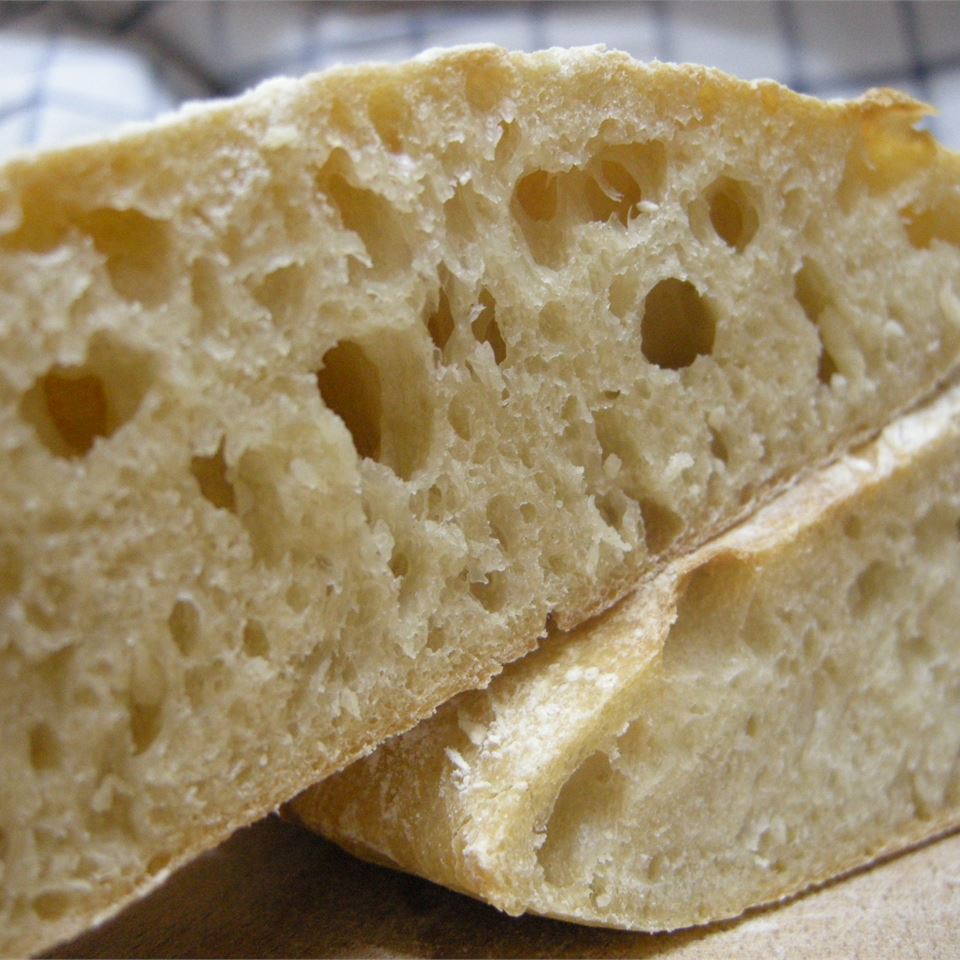
Take five minutes today to make the starter, also called sponge, and tomorrow you can bake two loaves of this marvelous, slightly sour, rustic Italian bread that has a hearty crust.
Provided by Benoit Hogue
Categories Bread Yeast Bread Recipes White Bread Recipes
Time P1DT1h
Yield 15
Number Of Ingredients 10
Steps:
- To Make Sponge: In a small bowl stir together 1/8 teaspoon of the yeast and the warm water and let stand 5 minutes, or until creamy. In a bowl stir together yeast mixture, 1/3 cup of the water, and 1 cup of the bread flour. Stir 4 minutes, then cover bowl with plastic wrap. Let sponge stand at cool room temperature for at least 12 hours and up to 1 day.
- To Make Bread: In a small bowl stir together yeast and milk and let stand 5 minutes, or until creamy. In bowl of a standing electric mixer fitted with dough hook blend together milk mixture, sponge, water, oil, and flour at low speed until flour is just moistened; add salt and mix until smooth and elastic, about 8 minutes. Scrape dough into an oiled bowl and cover with plastic wrap.
- Let dough rise at room temperature until doubled in bulk, about 1 1/2 hours. (Dough will be sticky and full of air bubbles.) Turn dough out onto a well-floured work surface and cut in half. Transfer each half to a parchment sheet and form into an irregular oval about 9 inches long. Dimple loaves with floured fingers and dust tops with flour. Cover loaves with a dampened kitchen towel. Let loaves rise at room temperature until almost doubled in bulk, 1 1/2 to 2 hours.
- At least 45 minutes before baking ciabatta, put a baking stone on oven rack in lowest position in oven and preheat oven to 425 F (220 degrees C).
- Transfer 1 loaf on its parchment to a rimless baking sheet with a long side of loaf parallel to far edge of baking sheet. Line up far edge of baking sheet with far edge of stone or tiles, and tilt baking sheet to slide loaf with parchment onto back half of stone or tiles. Transfer remaining loaf to front half of stone in a similar manner. Bake ciabatta loaves 20 minutes, or until pale golden. Cool loaves on a wire rack.
Nutrition Facts : Calories 96.1 calories, Carbohydrate 17.6 g, Cholesterol 0.2 mg, Fat 1.3 g, Fiber 0.6 g, Protein 3 g, SaturatedFat 0.2 g, Sodium 234.5 mg, Sugar 0.2 g
GENUINE ITALIAN CIABATTA BREAD

Great food deserves to be accompained by great bread - this is the one I bake myself these days... I never really measure anything, so the ingredients are aprox., but I tried to measure up what I usually do - and below is what I came up with.. How ever feel free to experiement around with the flours - add more bolted flour for a heavier and more rustic loaf and more durum for a more filling one. However an all durum flour bread wont turn out very well so always use more regular flour than durum... It may sound like a lot of time to make, but the actual working time is very limited. Enjoy
Provided by Chef Anders Osterga
Categories Yeast Breads
Time 45m
Yield 1 loaf of bread
Number Of Ingredients 6
Steps:
- Mix yeast and water in a large bowl. Then add the flours and knead the loaf by hand for about 10-15 minutes. Add the salt in the last 2-3 minutes.
- Let the bread rest in the fridge in a closed container - with room to raise, for at least 24 hours (I often keep a batch in my fridge and just take out chunks to bake, when i need some bread, leaving the rest of the dough in the fridge - it keeps for a few days (3-4).
- Take out the dough about 2-3 hours before baking, letting it reach room temperature. Do not knead the dough and be careful not to knock out all the air, just let it rest around the flour dusted kitchentable under a clean kitchentowel. Bake the bread in a 250 degrees celcius oven pref. on a heat resistant stone. Throw in a bit of water in the bottom of the oven to create some steam when the bread is inserted. Reduce the heat to around 220 degrees celcius after 10 minutes Let the bread bake for around 30 minutes but check it earlier.
Nutrition Facts : Calories 1576.5, Fat 4.6, SaturatedFat 0.7, Sodium 3897.3, Carbohydrate 328.1, Fiber 13.6, Sugar 1.1, Protein 47.7
CIABATTA (ITALIAN "SLIPPER" BREAD)

The ciabatta does require a simple sponge but it takes only a few minutes to put together the day before making the bread. Though the dough for ciabatta is very wet and sticky, resist the temptation to add more flour.
Categories Bread Bake Spring Gourmet
Yield Makes 2 loaves
Number Of Ingredients 13
Steps:
- Make sponge:
- In a small bowl stir together yeast and warm water and let stand 5 minutes, or until creamy. In a bowl stir together yeast mixture, room-temperature water, and flour and stir 4 minutes. Cover bowl with plastic wrap. Let sponge stand at cool room temperature at least 12 hours and up to 1 day.
- Make bread:
- In a small bowl stir together yeast and milk and let stand 5 minutes, or until creamy. In bowl of a standing electric mixer fitted with dough hook blend together milk mixture, sponge, water, oil, and flour at low speed until flour is just moistened and beat dough at medium speed 3 minutes. Add salt and beat 4 minutes more. Scrape dough into an oiled bowl and cover with plastic wrap. Let dough rise at room temperature until doubled in bulk, about 1 1/2 hours. (Dough will be sticky and full of air bubbles.)
- Have ready a rimless baking sheet and 2 well-floured 12- by 6-inch sheets parchment paper. Turn dough out onto a well-floured work surface and cut in half. Transfer each half to a parchment sheet and form into an irregular oval about 9 inches long. Dimple loaves with floured fingers and dust tops with flour. Cover loaves with a dampened kitchen towel. Let loaves rise at room temperature until almost doubled in bulk, 1 1/2 to 2 hours.
- At least 45 minutes before baking ciabatta, put a baking stone or 4 to 6 unglazed "quarry" tiles (see note, above) arranged close together on oven rack in lowest position in oven and preheat oven to 425° F.
- Transfer 1 loaf on its parchment to baking sheet with a long side of loaf parallel to far edge of baking sheet. Line up far edge of baking sheet with far edge of stone or tiles, and tilt baking sheet to slide loaf with parchment onto back half of stone or tiles. Transfer remaining loaf to front half of stone or tiles in a similar manner. Bake ciabatta loaves 20 minutes, or until pale golden. With a large spatula transfer loaves to a rack to cool.
Tips:
- Use a high-quality bread flour. Bread flour has a higher protein content than all-purpose flour, which will give the ciabatta a chewy texture.
- Make sure the water is warm. The ideal temperature for the water is between 95 and 100 degrees Fahrenheit. This will help the yeast to activate and start working.
- Don't overknead the dough. Overkneading the dough will make the ciabatta tough. Knead the dough just until it comes together and forms a ball.
- Let the dough rise in a warm place. The ideal temperature for rising the dough is between 75 and 80 degrees Fahrenheit. This will help the dough to double in size.
- Pre-shape the dough before the final rise. This will help to create the characteristic ciabatta shape.
- Bake the ciabatta in a hot oven. The ideal oven temperature for baking ciabatta is 450 degrees Fahrenheit. This will help the ciabatta to get a crispy crust.
Conclusion:
Ciabatta is a delicious and versatile bread that can be used for a variety of dishes. It is perfect for sandwiches, bruschetta, or simply served with olive oil and balsamic vinegar. With a little practice, you can easily make ciabatta bread at home.
Are you curently on diet or you just want to control your food's nutritions, ingredients? We will help you find recipes by cooking method, nutrition, ingredients...
Check it out »
#weeknight #course #cuisine #preparation #occasion #north-american #for-large-groups #healthy #breads #condiments-etc #australian #european #low-fat #dietary #low-cholesterol #low-saturated-fat #low-in-something #brunch #number-of-servings #from-scratch
You'll also love




